FORT RUCKER, Ala. - Soldiers of the 1st Air Cavalry Brigade put the final pieces of their combat readiness puzzle together during an aviation training exercise at the Seneff Aviation Warfighting Simulation Center, here, April 4-8.
After a year's worth of training for its summer deployment to Afghanistan, 1st ACB leadership feels the unit is prepared and motivated, said Col. John Novalis II, 1st ACB commander.
"We're absolutely confident and ready to execute our mission," he said, adding that the Seneff facility allows his unit to do things it can't do anywhere else.
"We can't replicate this at home station. Being here allows us to focus without any distractions. That's pretty powerful."
Above and beyond avoiding distractions found at home, the sheer size and scope of the simulation experience at the Seneff facility brings new elements to training for aviation units, said Chief Warrant Officer 5 Bill Ham, 1st ACB standards officer.
"The facility is fantastic. Nowhere else in the world could you do this," he said.
Nowhere do you have a brigade tactical operations center, and a place for each battalion to have its own operations center, briefing space and living space, said Ham.
"You're also able to simulate well over a battalion's worth of helicopters in the air at a time. Fantastic support-good folks here," Ham added.
Novalis pointed out that having the capabilities that the facility does puts a unit's command and control to the test.
"The training exercise is simulation driven, but we're doing virtual flying and replicating missions we might have to do in Afghanistan," he said. "Those become forcing functions with some of the injects we are placing on the pilots-maybe an aircraft gets shot, or shot down, or a medical evacuation is called for. We use those scenarios to help our task force commands and brigade command teams to make good decisions."
The ATX allows the unit to bring all of its decision makers and key staff to work together in one place to get ready for the real deal.
"Our people are in their operation centers, and having this information flow up from the bottom through the virtual construct here allows us to execute our battle drills-How do we want to handle these situations' What information do we want to pass, distribute, analyze and sync' And how do you receive it and how do you display it' All that obviously gets processed in order to allow me, the commander, to make good, accurate decisions on the battlefield," Novalis said. "The training exercise is very unique in that aspect as it allows us to really stress our systems."
In addition to the ATX and Seneff facilities, the 1st ACB also benefitted from having subject matter experts on hand in the form of several members of the 4th Combat Aviation Brigade, which is the unit that the 1st ACB is slated to relieve in Afghanistan.
"Having guys here that are doing the mission that we want to do this summer is important," Novalis said. "They bring a unique perspective and are able to look at our decision making and operational processes. They're invaluable."
Beyond the command and control benefits, the ATX experience also helps junior members who haven't deployed before, Ham said.
"The guys who've been to Iraq or Afghanistan already have an expectation," he added. "The new people don't know what to expect, so it really boils down to expectation management."
"We've got a really young group," said Ham. "I'm confident in their individual abilities, and confident that they will pick the mission up really quickly once we get there."
Chief Warrant Officer 2 Josh Seibert, an AH-64 Apache helicopter pilot with 1st ACB, is one of the unit's members deploying for the first time.
"The ATX doesn't get us better at the flying portion, but it does help us get better at coordinating missions, procedures, talking on radios, working with people on the ground at the TOCs. That's what this training is meant for," he said. "It's letting me see some stuff that goes on behind the scenes that I hadn't seen before."
The 1st ACB headed back to Fort Hood April 8 with its training essentially done before deploying, and a commander confident in his Soldiers, equipment and readiness.
"It was a great exercise with a lot of good teamwork in it," Novalis said. "We had as much fun as we did work-that's pretty positive for an organization like ours."
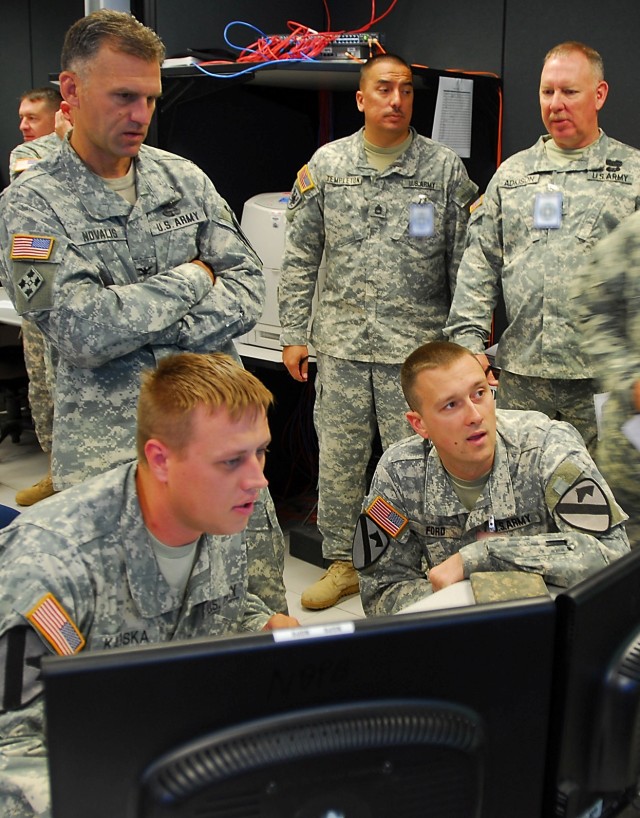
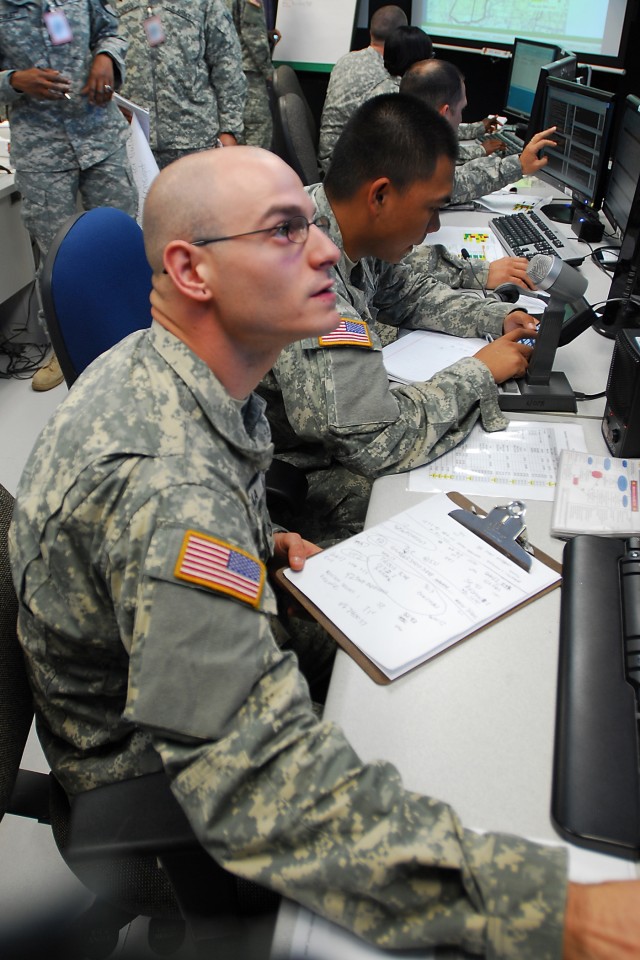
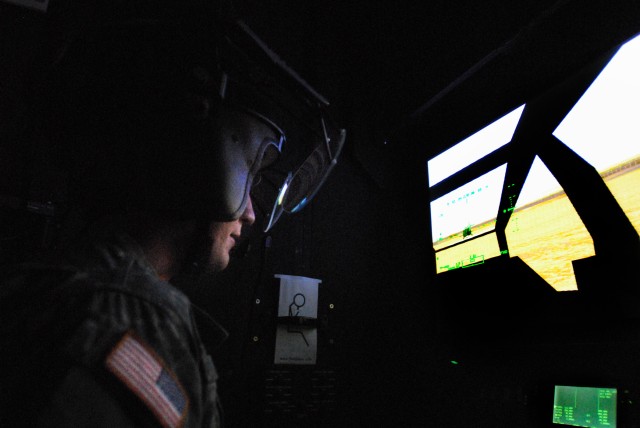
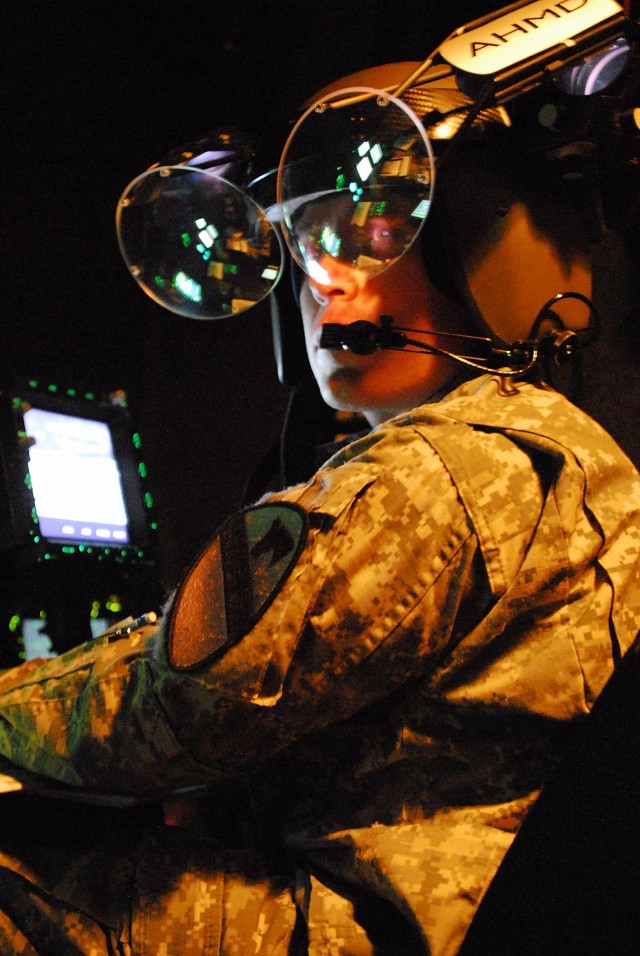
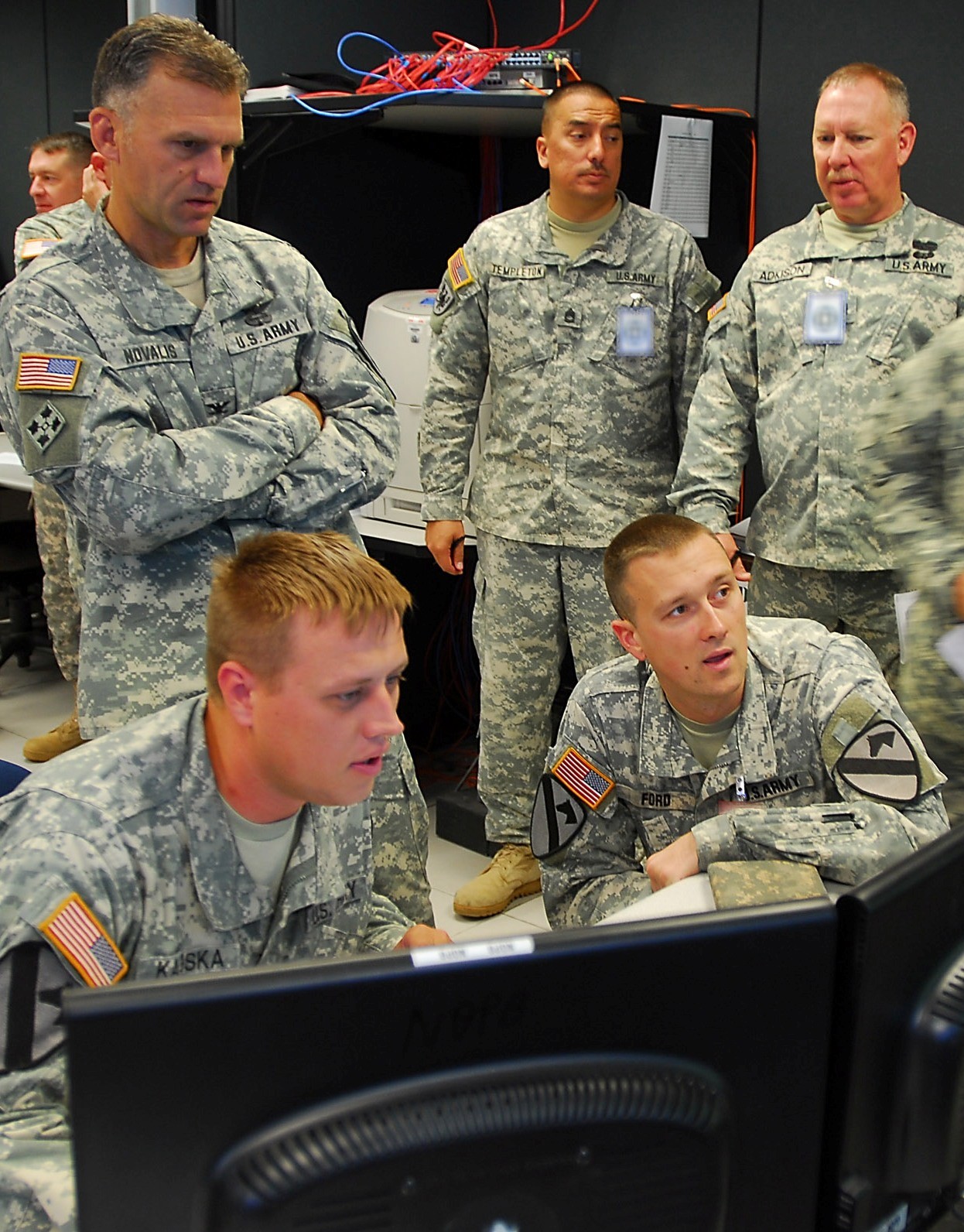
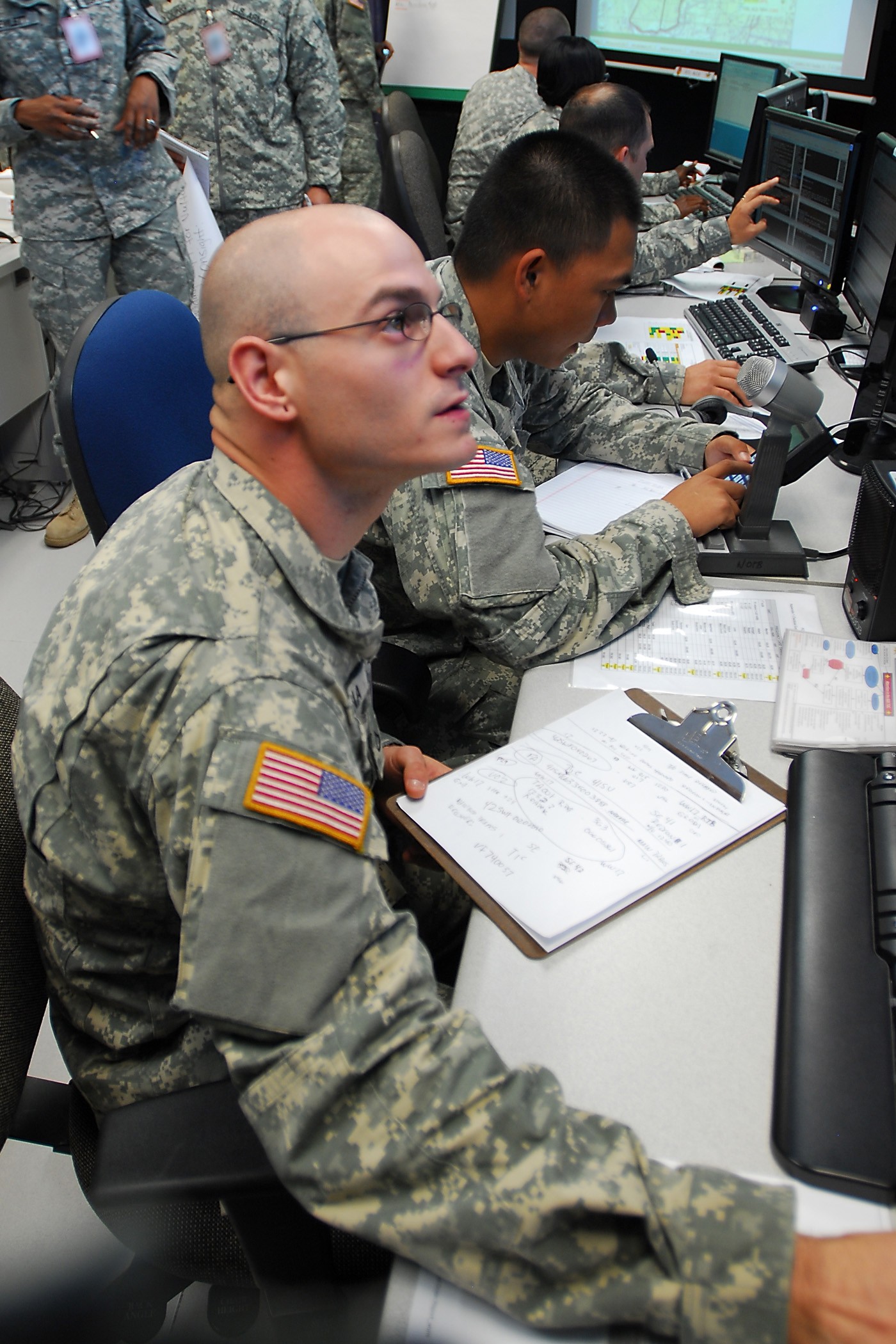
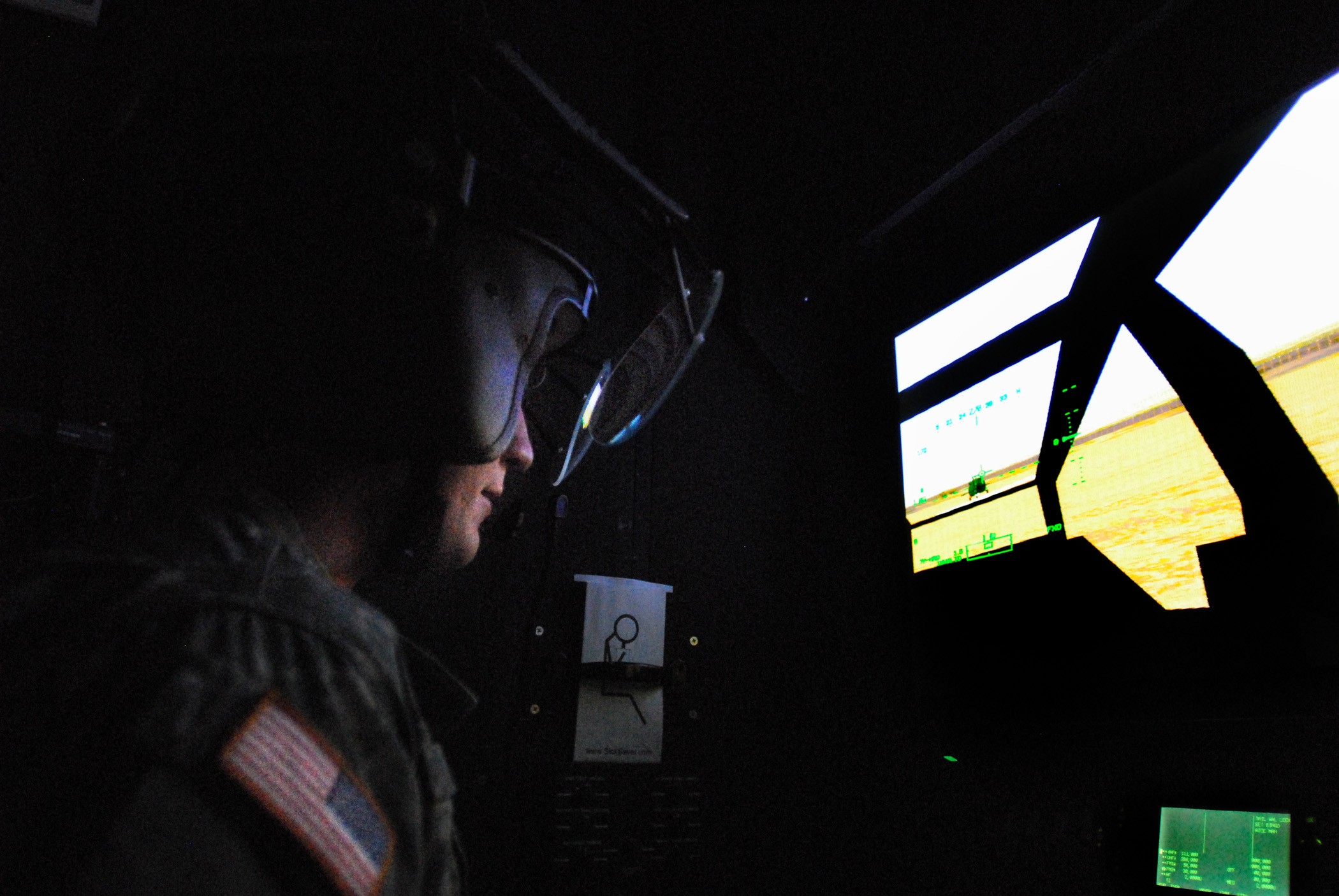
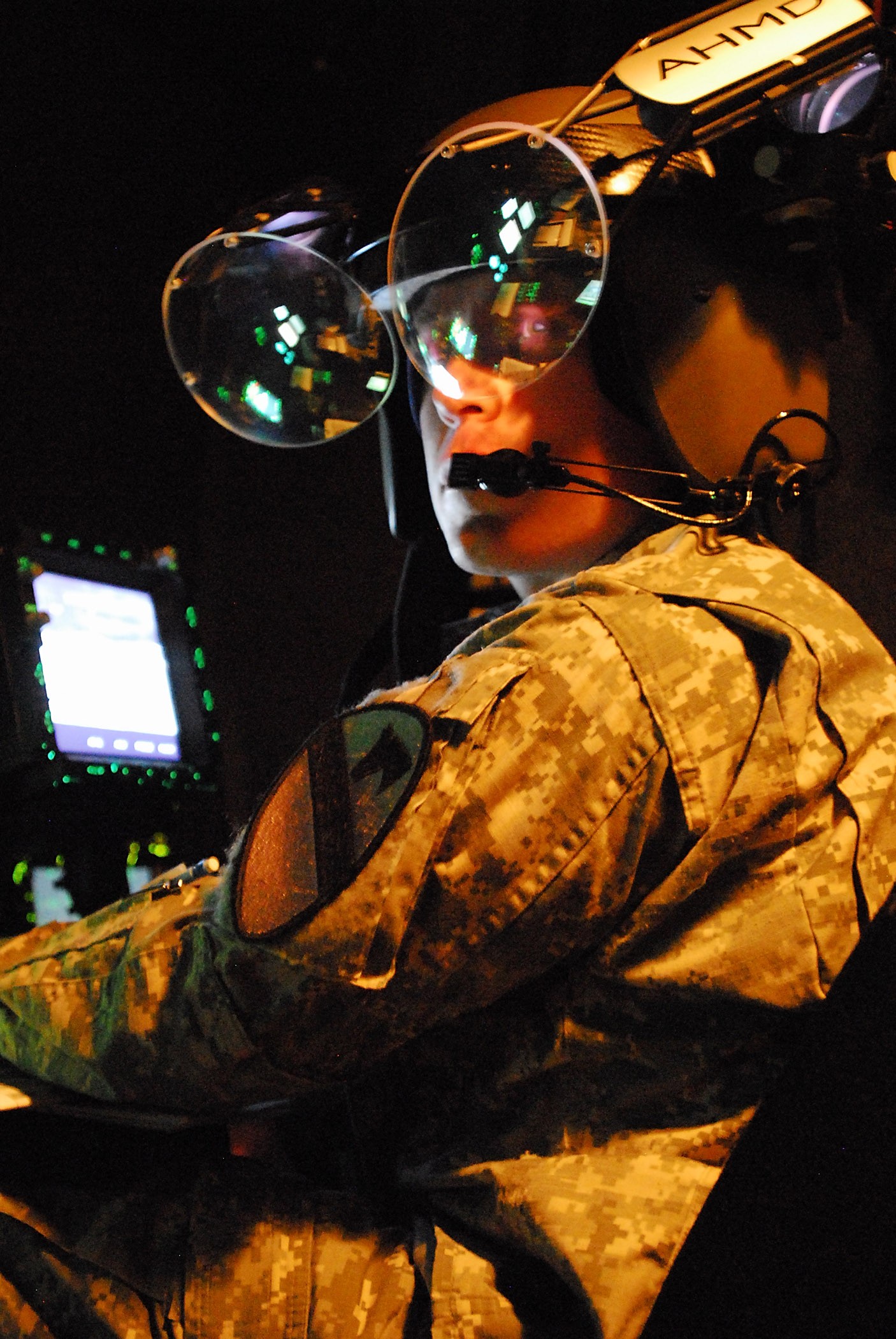
Social Sharing